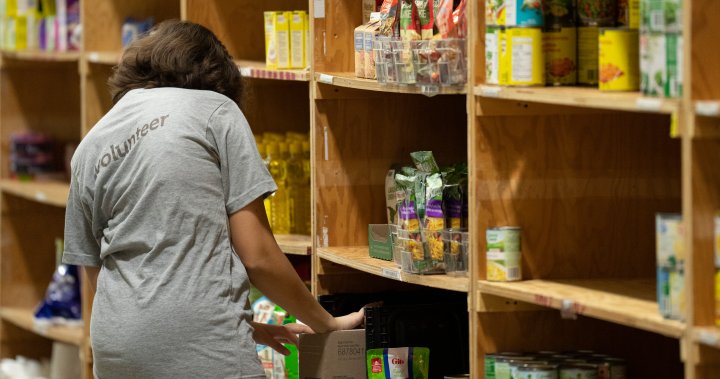In Ontario, food bank usage has reached an eight-year high, with over 1 million Ontarians visiting a food bank at least once between April 1, 2023 and March 31, 2024. This is a 25 percent increase compared to the previous year. The main drivers of food insecurity in the province are the high cost of living and heightened economic vulnerability, exacerbated by policy decisions such as the erosion of social support programs, inadequate investment in affordable housing, and the growth of precarious work. As a result, 69 percent of Ontario food banks are concerned about not having enough food to meet the increasing demand.
Despite efforts to meet the rising demand, concerns about funding and sustainability persist among food banks in Ontario. Food bank usage has been steadily increasing for the past eight years, with over 7.6 million visits recorded in the most recent period. This unprecedented need is stretching the resources of food banks to the breaking point, with reports of long lines, empty shelves, and the possibility of some food banks being forced to close their doors. With more Ontarians struggling to make ends meet, there is a concern that fewer people will be able to provide donations and support to keep food banks operational.
Feed Ontario is calling on the Ford government to develop a new poverty reduction strategy to address the root causes of food insecurity and ensure that those who are struggling can access a basic standard of living. The organization also emphasizes the importance of community support and advocacy in addressing the issue of hunger. Hunger Action Month, observed in September, provides an opportunity for Ontarians to support their local food banks and push for policy changes that will help alleviate food insecurity. Food banks were originally meant to be a temporary measure, and there is a growing recognition of the need for systemic change to address the underlying issues.
In a broader Canadian context, a report by Food Banks Canada suggests that the number of Canadians living in poverty may be higher than previously estimated. Approximately 25 percent of Canadians are unable to afford two or more essential household items, indicating a significant level of economic instability. This data underscores the urgency of addressing poverty and food insecurity at both the provincial and national levels. The current economic climate and policy landscape have created a challenging environment for food banks, highlighting the need for comprehensive solutions that address the root causes of poverty and inequality.
The rising demand for food bank services in Ontario reflects a larger trend of economic hardship and inequality in the province. As more Ontarians struggle to make ends meet, the pressure on food banks continues to increase. Effective policy solutions, community support, and advocacy efforts are essential in addressing the systemic issues that contribute to food insecurity. By working together to support those in need and push for meaningful change, Ontarians can help build a more equitable and sustainable future for all members of their community.













